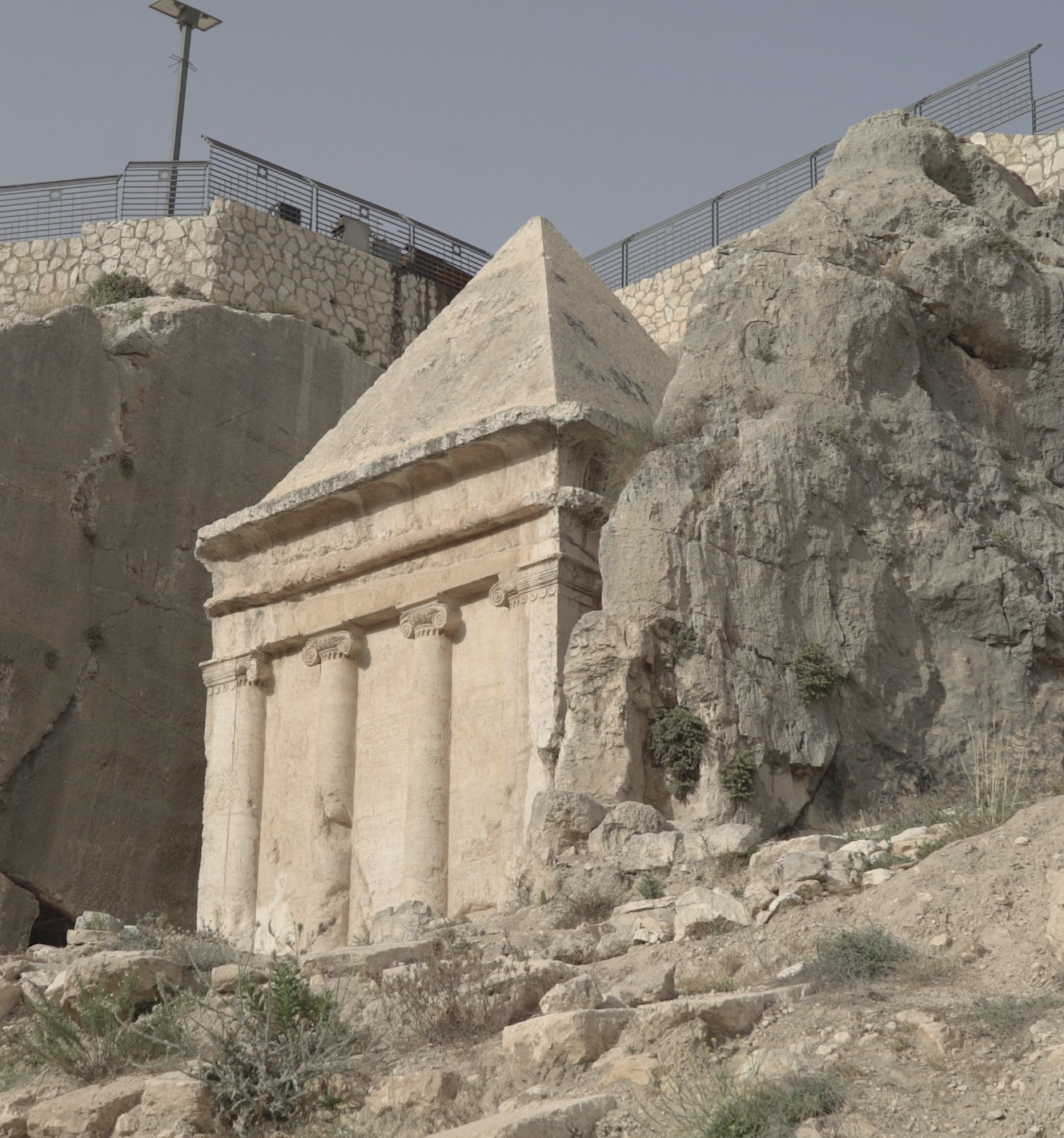The Kidron Valley Tombs are a set of ancient burial sites that carry a profound historic significance. Located at the foot of the Mount of Olives in Jerusalem, these tombs date back thousands of years. They serve as a testament to the area’s vibrant history. Each tomb has its own story, often tied to notable figures and families from antiquity. As a vivid reflection of past civilizations, the tombs offer insights into the burial customs, architectural styles, and religious beliefs of the times. Though weathered by time, the enduring structures continue to captivate researchers and visitors alike, unlocking secrets of our shared human past.
Historical Places
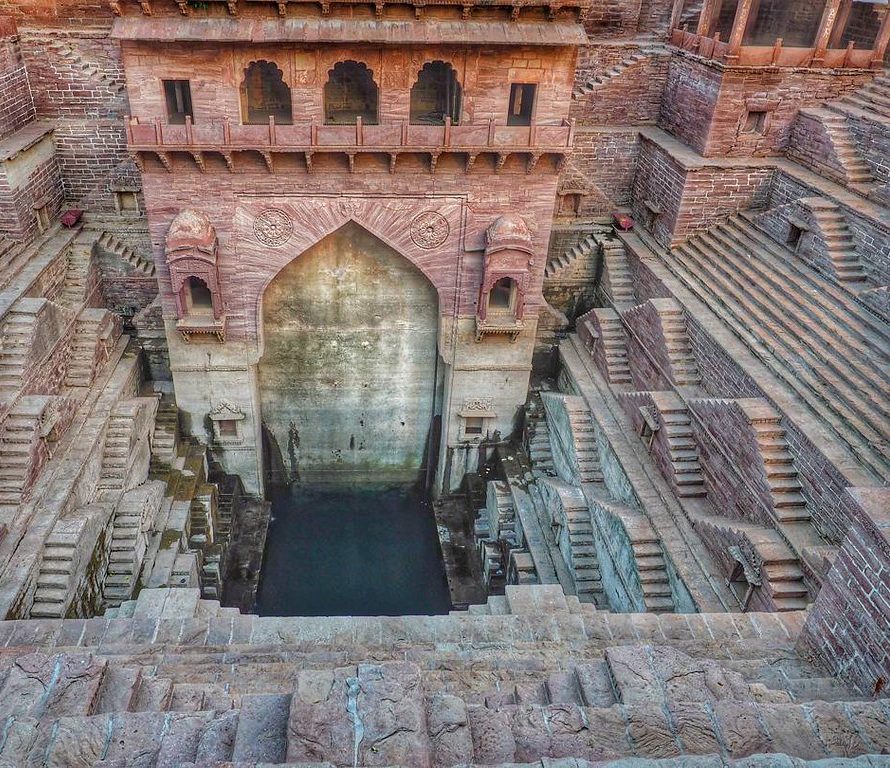
Toorji Ka Jhalra Bavdi
Immerse yourself in the historic essence of Toorji Ka Jhalra Bavdi, a stepwell deeply rooted in the heritage of Jodhpur, India. Built in the 1740s by a queen consort, this site is a stunning example of the ingenuity of water conservation methods of the past. Marvel at the intricate stonework and carvings that adorn the stair-laden walls—a testament to the craftsmanship of the era. Reflect on the stepwell’s significance as a social hub, where for centuries, locals have congregated not only to draw water but to socialize and celebrate community events.
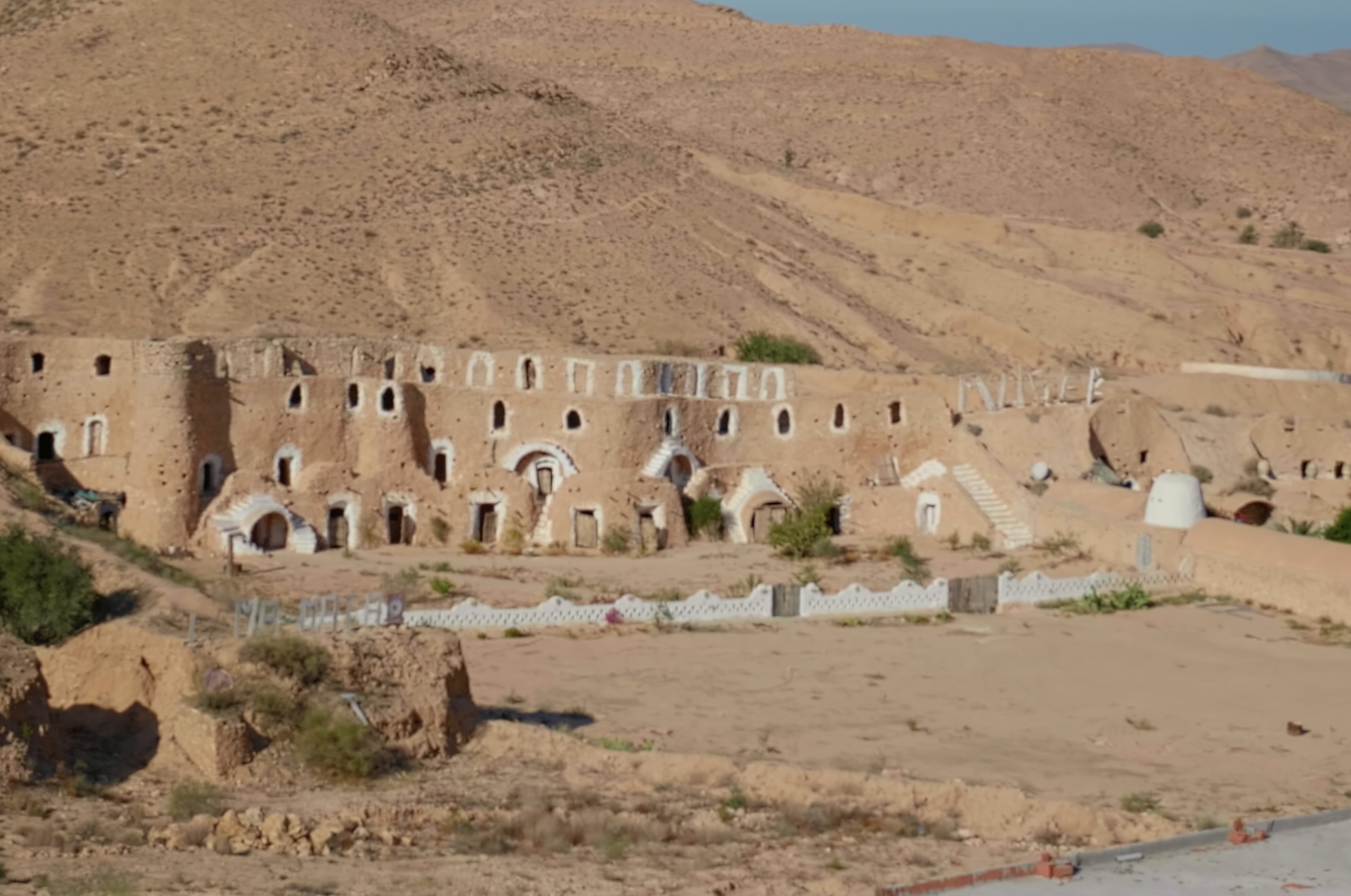
Matmata Underground Houses
Matmata Underground Houses represent a remarkable chapter in human architecture. These iconic structures, carved into the ground of Tunisia, offer a window into an ancient way of life. They are characterized by their troglodyte design—a series of pits dug into the earth, with rooms branching off the central courtyard. These ingenious constructions provided shelter from the harsh Saharan climate. Their design kept interiors cool during blistering hot days and warm through chilly nights. Today, Matmata’s underground houses stand not only as a testimony to human adaptability but also as an attraction for curious travelers worldwide.
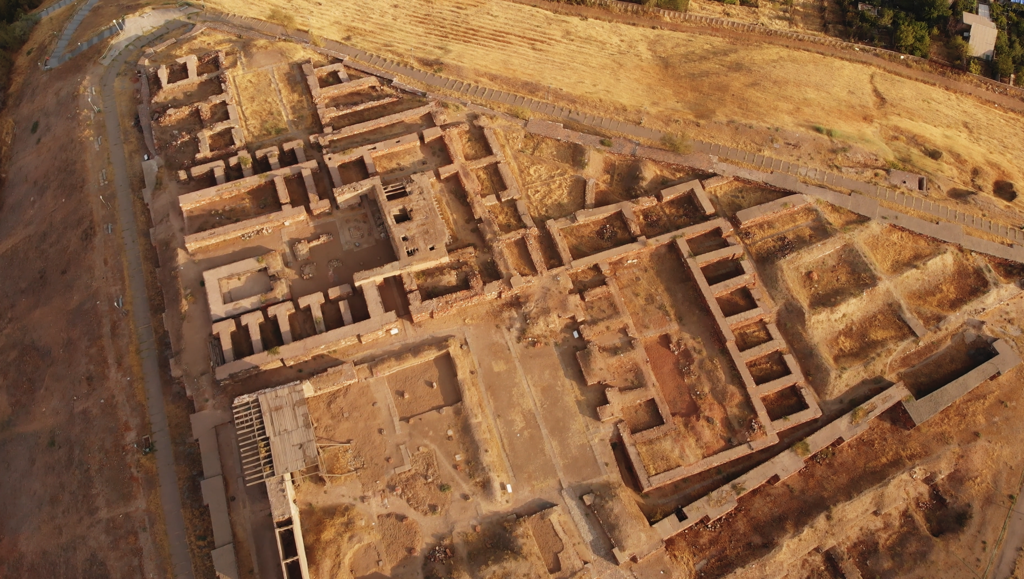
Erebuni Fortress
Delve into the past at Erebuni Fortress, a historical marvel in Yerevan, Armenia. Founded in 782 BC by King Argishti I of Urartu, this ancient site offers a window into the Iron Age kingdom’s might and sophistication. Visitors can explore the remnants of the once-majestic fortress and temple, revealing the Urartian passion for architecture and worship. The fortress, perched atop Arin Berd hill, provides a panoramic view of the modern city against the backdrop of Mount Ararat, blending the ancient with the present.
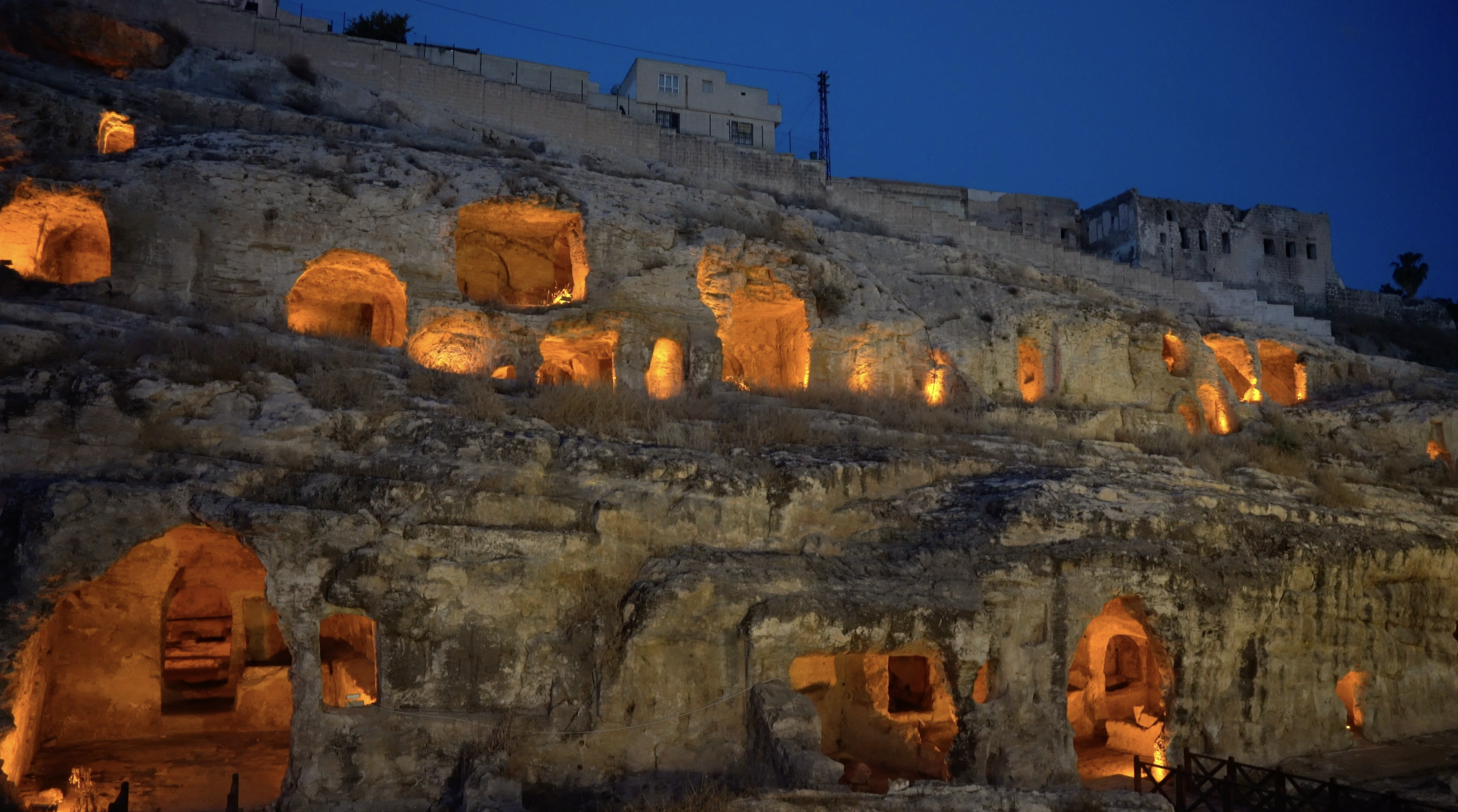
Kizilkoyun Necropolis
Kızılkoyun Necropolis stands as a testament to ancient craftsmanship and burial traditions. This archaeological treasure dates back to the Roman period and offers insight into historical funeral practices. Visitors to this site near Şanlıurfa, Turkey, explore tombs carved directly into the limestone bedrock. These intricate subterranean chambers resonate with the echoes of a bygone era. They reveal the Romans’ reverence for their deceased and their belief in an afterlife. Kızılkoyun Necropolis is not merely a tourist spot but a sacred place that provides a tangible connection to the ancestors of the region.
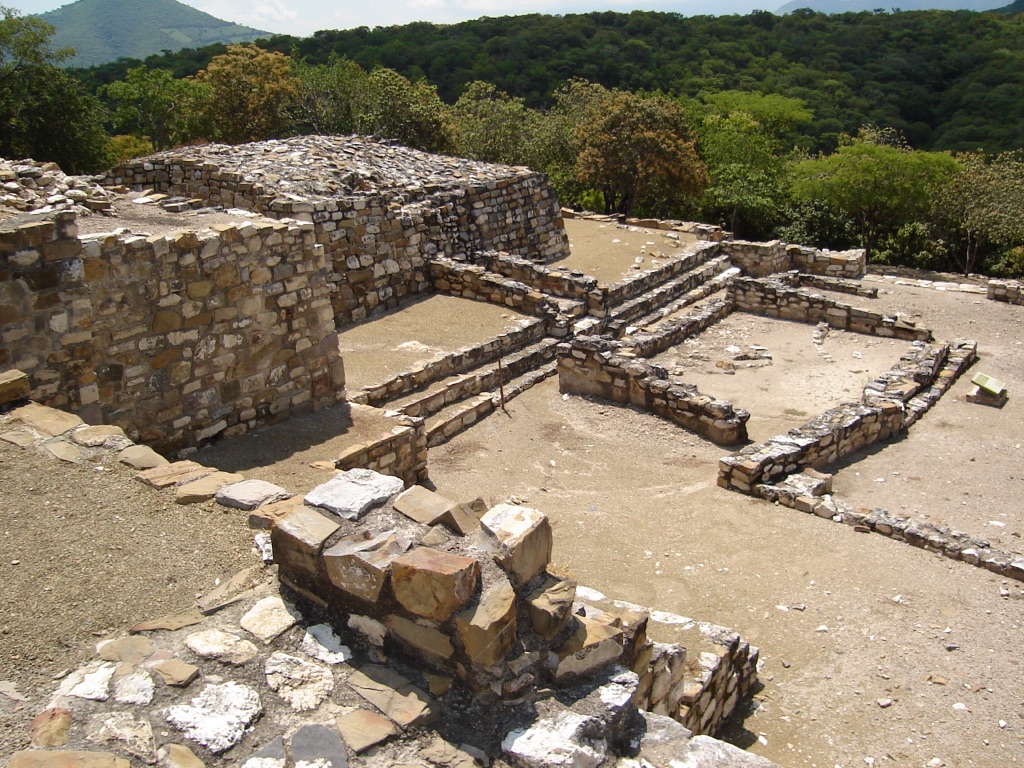
Xochipala
Xochipala, an ancient site in Guerrero, Mexico, offers a unique window into pre-Columbian history. Known for its remarkable figurines, the site reveals much about the Mezcala culture. Xochipala pieces are distinct for their lifelike features, standing out in Mesoamerican art. These treasures tell tales of the society’s daily life, religious practices, and artistic skills. Scholars consider Xochipala a vital link in understanding regional development in ancient Mexico. The figurines suggest there may have been early complex societies in the region, predating famous civilizations like the Aztecs and Maya.

